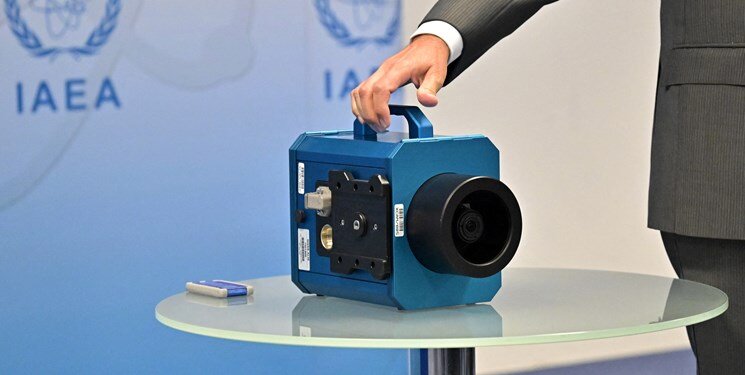IAEA has no functional cameras in Natanz nuclear facility

TEHRAN- The Atomic Energy Organization of Iran (AEOI) has cast out as fake media reports that the International Atomic Energy Agency (IAEA) and Tehran have agreed to reinstall 10 monitoring cameras at the Natanz nuclear complex in central Iran to record activity.
In a statement on Friday, AEOI spokesman Behrouz Kamalvandi announced the reactivation of IAEA cameras at a nuclear plant in Isfahan.
The spokesman defined the place as a “centrifuge manufacturing facility” throughout the interview, the statement said.
The statement mentioned that Natanz in Isfahan had been incorrectly identified by various media sources as the site.
“In the video interview, which is also available in full, Kamalvandi talked about the installation of cameras in Isfahan; however, in only one part of the interview, ‘Natanz’ was mentioned by mistake instead of ‘the Isfahan facility’, and some media also mistakenly reported the activation of cameras at the Natanz site,” the statement read.
This is despite the fact that, in accordance with the agreement between Tehran and the IAEA, almost “no surveillance cameras” are in use at the Martyr Ahmadi Roshan Enrichment Center (Natanz), according to the statement.
In a decision adopted in June 2022, the IAEA Board of Governors reproached Iran for failing to cooperate with the UN nuclear agency. In retaliation, Tehran switched down many IAEA surveillance cameras that were in operation in violation of the Safeguards Agreement.
The announcement coincides with IAEA Director General Rafael Grossi’s confirmation that steps have been taken to implement the agreement reached between Tehran and the UN nuclear watchdog regarding safeguard issues.
Iran has always cooperated fully with the IAEA and allowed it to visit its nuclear installations, but it criticizes the agency’s practices as destructive and unconstructive.
Tehran rejects any claims made by the West that Iran has concealed nuclear operations or material. It calls the U.S. and its allies’ action a propaganda offensive against Tehran’s civilian nuclear program.
Leave a Comment